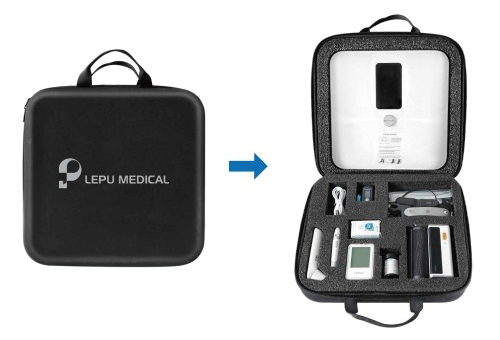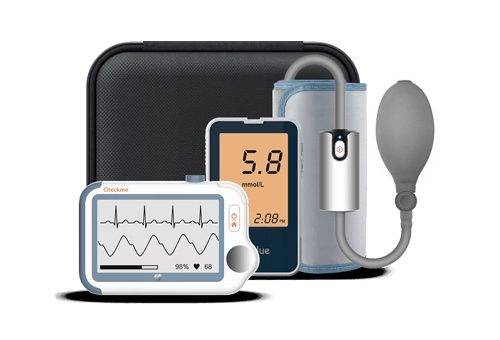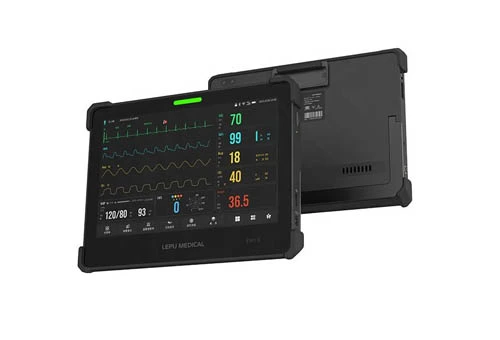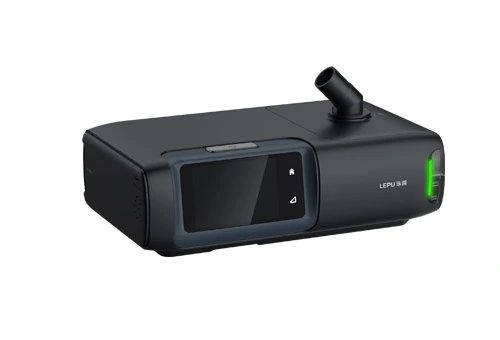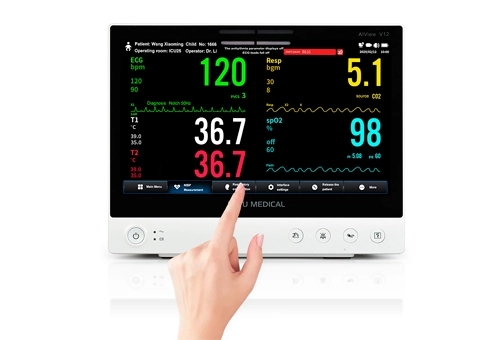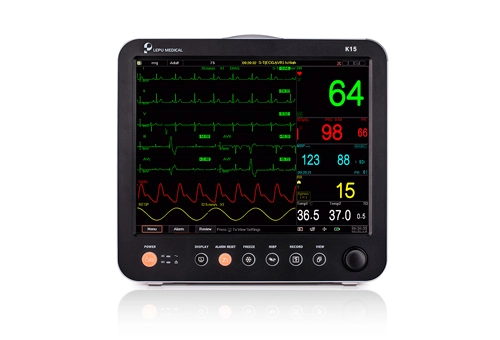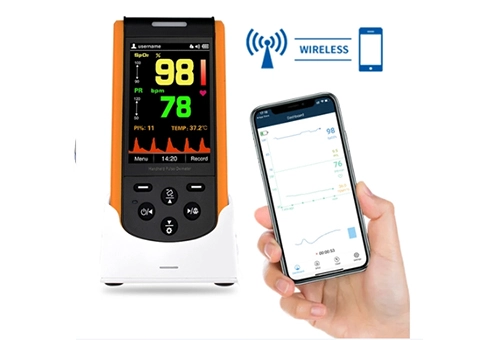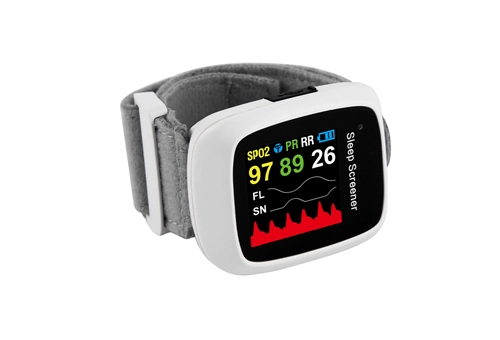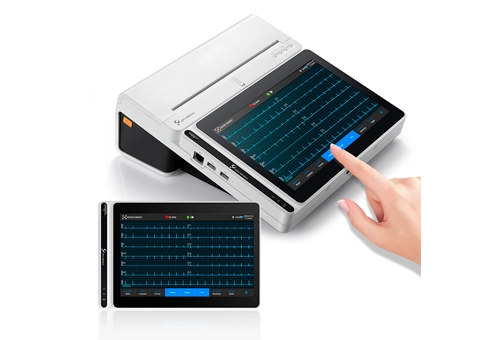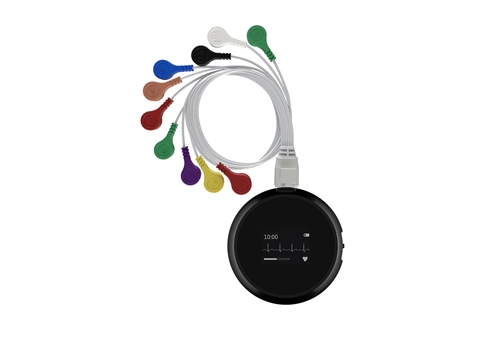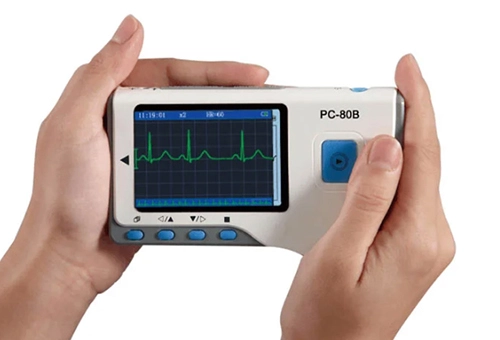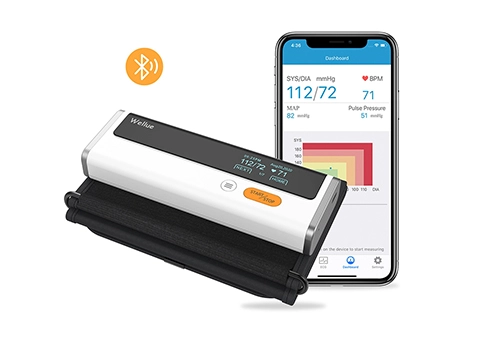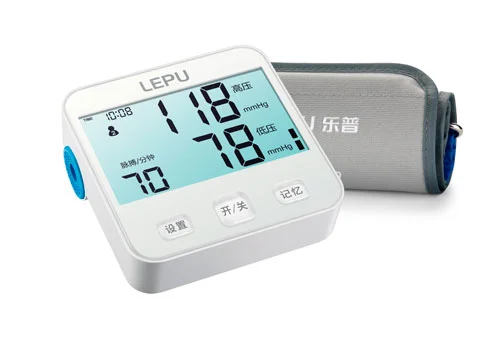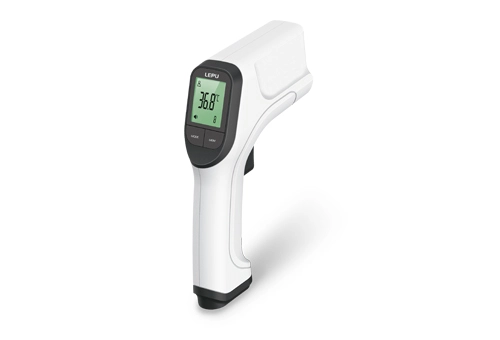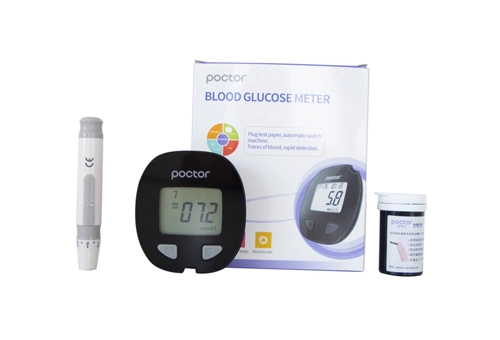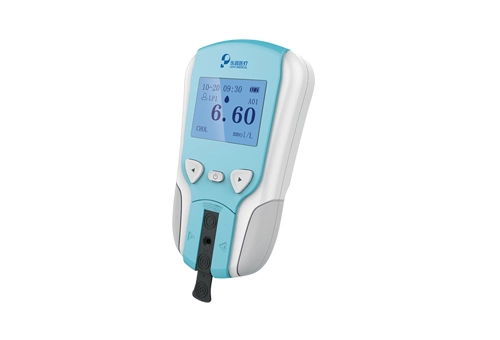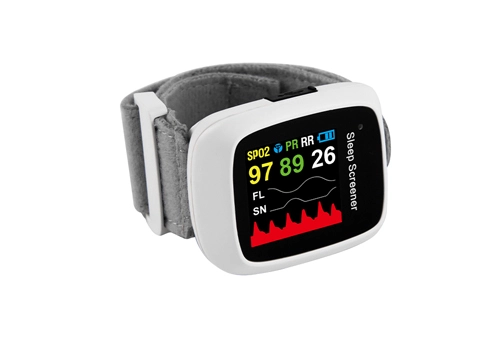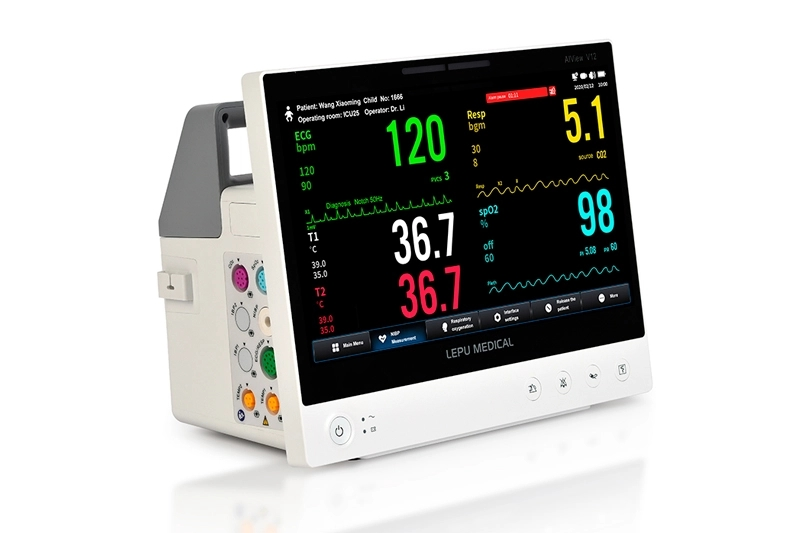Innovative Technology for Your Heart: the Science Behind Handheld ECG Readers
In the ever-advancing world of healthcare technology, innovations are continuously reshaping the landscape of patient care. One such groundbreaking development is the Handheld Electrocardiogram (ECG) reader. These portable devices have revolutionized the way we monitor and assess cardiac health, providing accurate and real-time insights into the heart's electrical activity. In this blog, we will delve into the science behind handheld ECG readers, exploring the technology that makes them an invaluable tool in the realm of cardiac care.
Understanding Electrocardiography
To comprehend the science behind handheld ECG readers, we must first understand the principle of electrocardiography. The heart generates electrical impulses that drive its contraction and relaxation, responsible for pumping blood throughout the body. Electrocardiography is a non-invasive diagnostic technique that measures and records these electrical signals, creating an ECG or EKG graph. The traditional ECG involves attaching electrodes to specific points on the body, and the signals picked up by these electrodes are amplified and recorded. Handheld ECG readers follow the same fundamental principle, but with the added advantage of portability and ease of use.
The Mechanics of Handheld ECG Readers
Handheld ECG readers are designed to be user-friendly and convenient, making them accessible to both healthcare professionals and patients. The mechanics behind these devices involve a compact set of electrodes, usually integrated into the device's surface or connected via short leads. When a user holds or places the ECG reader on their chest or limbs, the electrodes detect the electrical signals generated by the heart. Advanced algorithms within the handheld ECG reader process the raw electrical data, filtering out noise and interference, and then transform the data into a visual representation – the ECG waveform. The result is a clear and accurate display of the heart's electrical activity, showing various waves, intervals, and segments that aid in diagnosing cardiac conditions.
Signal Processing and Interpretation
Signal processing is a crucial aspect of handheld ECG readers, as it directly influences the accuracy of the readings. These devices employ sophisticated digital signal processing techniques to ensure high-fidelity data analysis. Noise reduction algorithms minimize artifacts caused by external interference, movement, or muscle activity, resulting in a clean and reliable ECG recording. Moreover, many handheld ECG readers come equipped with built-in interpretative algorithms. These intelligent algorithms can analyze the ECG waveform and automatically detect potential abnormalities or arrhythmias. While these interpretations can be helpful as a preliminary assessment, it's essential to consult with a qualified healthcare professional for a comprehensive diagnosis and personalized treatment plan.
Integration with Smart Devices and Telemedicine
The integration of handheld ECG readers with smart devices, such as smartphones and tablets, has expanded their capabilities even further. Many ECG readers come with dedicated apps that not only display the ECG waveform but also allow users to store, share, and analyze their readings over time. This integration with smart devices enhances patient engagement and empowers individuals to take a proactive approach to their cardiac health.Additionally, the seamless integration with telemedicine platforms has facilitated remote consultations with healthcare providers. Patients can share their ECG data in real-time with their doctors, enabling virtual consultations and timely medical advice, regardless of geographical barriers.
Handheld ECG readers epitomize the marvels of modern healthcare technology, bringing the science of electrocardiography into the palms of our hands. By understanding the principles behind ECG and the mechanics of these portable devices, we can appreciate the accuracy and convenience they offer in monitoring cardiac health. The signal processing and interpretative capabilities, combined with integration with smart devices and telemedicine, have further solidified the position of handheld ECG readers as a groundbreaking tool for heart care. As technology continues to advance, we can expect even more innovative features and applications that will transform how we monitor and manage cardiac health, ultimately leading to improved patient outcomes and a healthier society.

